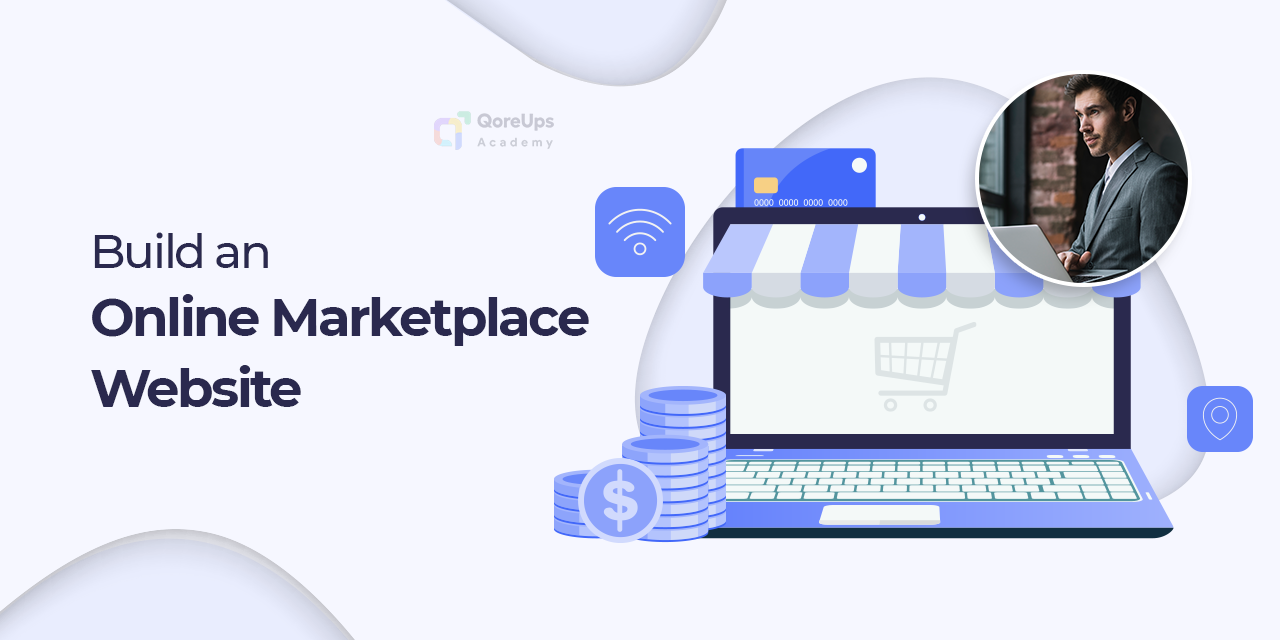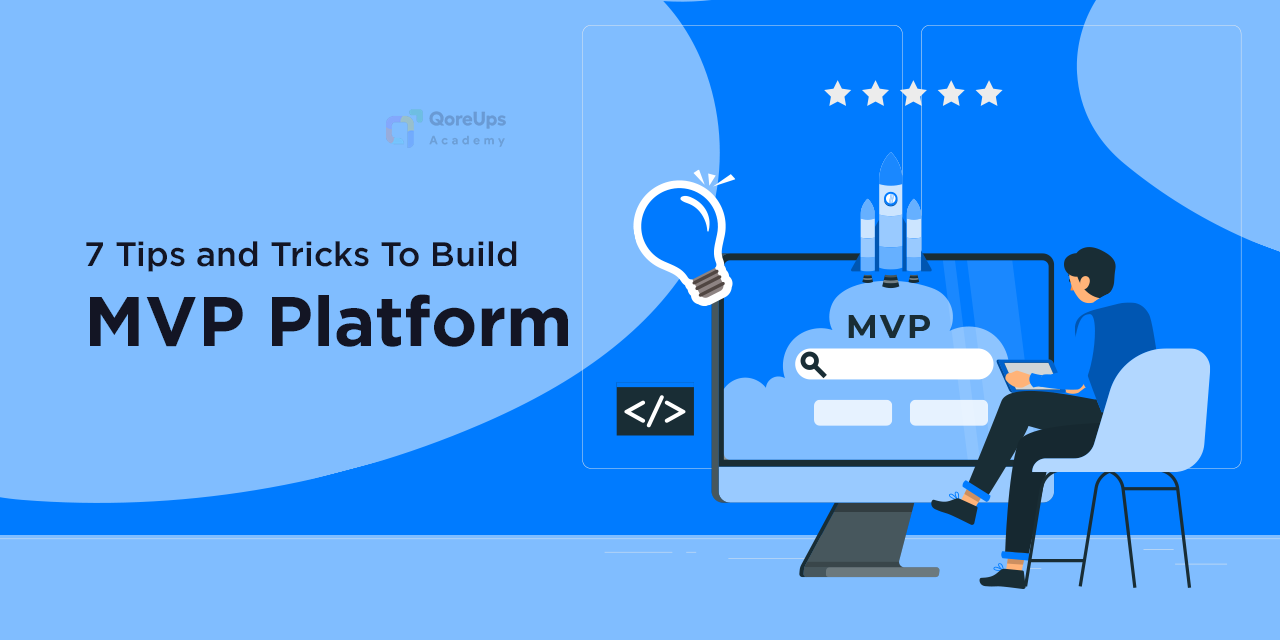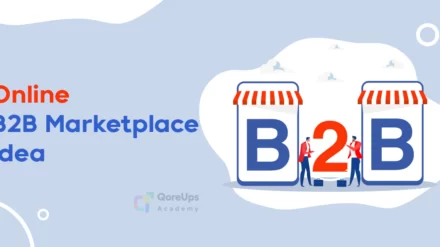In the digital age, where convenience and accessibility reign supreme, online marketplaces have emerged as the backbone of modern commerce.
These platforms serve as bustling hubs where buyers and sellers converge, facilitating transactions across a wide range of products and services.
From household goods to specialized services, online marketplaces have revolutionized the way we buy, sell, and interact in the global marketplace.
This inspires many entrepreneurs like you to start an online marketplace.
In this comprehensive guide, we delve into the intricacies of how to build an online marketplace website in 2025.
Whether you’re an aspiring entrepreneur looking to capitalize on a niche market or a seasoned business owner seeking to expand your digital footprint, the following insights will provide you with a roadmap to success.
From conceptualization to execution, we’ll explore every step of the journey, offering practical advice, best practices, and actionable strategies to help you navigate the complexities of marketplace development.
By the end of this guide, you’ll be equipped with the knowledge and tools necessary to start an online marketplace that connects buyers and sellers, fosters transactions, and drives sustainable growth.
So, let’s embark on this journey together and unlock the vast potential of the online marketplace landscape in 2025.
What Is A Marketplace Platform?
Let’s say you’re the owner of a shopping mall. You earn some money by letting the strangers showcase their product and buyers buy it.
All without much effort on your part, just for providing the space. Sounds pretty sweet, right?
Now, think if this scenario played out not just once, but hundreds or even thousands of times. That’s a lot of potential earnings for simply connecting people.
Well, that’s the magic of online marketplaces like Airbnb, Uber, Etsy, Amazon, and eBay.
They bring buyers and sellers together, and with each transaction, they take a small cut, all while doing little more than providing a platform for the exchange to happen.
It’s like being the host of the biggest party in town, but instead of refreshments, you’re serving up opportunities for people to buy and sell.
Examples of Successful Online Marketplaces
- Airbnb: Connects travelers with hosts offering accommodations.
- Uber: Matches riders with drivers for transportation services.
- Etsy: Provides a platform for artisans and crafters to sell their handmade goods.
- Amazon: Offers a vast marketplace for buying and selling various products.
- eBay: Facilitates auctions and sales of new and used items from individual sellers.
Why Build An Online Marketplace Platform?
The appeal of building an online marketplace platform lies in its potential for significant earnings with relatively low effort.
By connecting people and facilitating transactions, you can generate revenue without the need to manage inventory or handle logistics.
Also, online marketplace platforms have the scalability to accommodate hundreds or thousands of transactions, making them a lucrative business model.
Key Benefits for Entrepreneurs
- Revenue Generation: Marketplaces can generate revenue through transaction fees, subscriptions, listing fees, and advertising.
- Minimal Inventory Management: Unlike traditional businesses, marketplace owners don’t need to maintain inventory, reducing operational complexity.
- Scalability: Online marketplaces have the potential to scale rapidly as they attract more buyers and sellers.
- Network Effects: As more users join the marketplace, the value proposition increases for both buyers and sellers, creating network effects that drive growth.
- Low Overhead: As a marketplace owner, you don’t need to manage inventory or handle logistics, resulting in lower overhead costs.
How To Start An Online Marketplace Website: Planning Stage
Step 1: Invent A Marketplace Idea
The first step to start an online marketplace is identifying a niche that either hasn’t been fully served by existing marketplaces or where you believe you can offer a significant improvement.
This requires market research, understanding potential customers’ pain points, and foreseeing the future needs of both sellers and buyers in your chosen niche.
The more unique and pressing the problem your marketplace solves, the higher its potential for success.
Market Research Techniques
- Surveys and Questionnaires: Gather feedback from potential users to understand their preferences and pain points.
- Competitive Analysis: Study existing marketplaces in your niche to identify gaps and opportunities for differentiation.
- Trend Analysis: Stay updated on industry trends and consumer behavior to anticipate future demands.
Step 2: Think About A Business Model
Once you’ve identified your marketplace idea, it’s crucial to define a clear and sustainable business model.
The Business Model Canvas (BMC) is a valuable tool that allows you to visualize and analyze the key components of your business model.
Your business model is crucial because it determines how your marketplace will generate revenue.
By using the Business Model Canvas to map out your marketplace business model, you can gain clarity and insight into the key components.
Also, considerations are involved in building an online marketplace successfully.
This framework enables you to identify opportunities, mitigate risks, and optimize your strategy for long-term growth and profitability.
By simplifying your marketplace business model using the BMC, you can focus on the essential elements of your online marketplace and make informed decisions to drive its success.
How To Develop An Online Marketplace: Development Stage
Step 3: Analyze The Required Features
Identify the key features to develop an online marketplace, including user profiles, search and filter options, secure payment gateways, messaging systems, and analytics tools.
Also, tailor these features to meet the specific needs of your niche and ensure a seamless user experience.
Essential Features To Develop An Online Marketplace Platform
- User Authentication: Secure user registration and login process to protect user data and prevent unauthorized access.
- Product Listings: Allow sellers to create and manage listings for their products or services, including descriptions, images, and pricing.
- Search and Filter: Enable users to search for products or services based on various criteria such as category, price range, location, and ratings.
- Secure Payment Gateway: Integrate a reliable payment gateway to facilitate secure transactions between buyers and sellers.
- Messaging System: Provide a communication platform for buyers and sellers to interact, negotiate, and finalize transactions.
- Rating and Review System: This allows users to rate and review sellers and products, helping build trust and credibility within the marketplace.
- Analytics and Reporting: Offer sellers insights into their performance, sales metrics, and customer behavior to optimize their offerings and strategies.
Step 4: Build An Online Marketplace MVP
Develop an online marketplace MVP (Minimum Viable Platform) with core functionalities that address the primary needs of your users.
This approach allows you to validate your idea with minimal investment and gather valuable feedback for future development.
So, focus on delivering a user-friendly experience that resonates with your target audience.
MVP Marketplace Development Best Practices
- Focus on Core Features: Prioritize features that are essential for launching the marketplace and providing value to users.
- Iterative Development: Adopt an agile development approach to iterate on the MVP based on user feedback and evolving requirements.
- User-Centric Design: Design the MVP with the end-users in mind, ensuring intuitive navigation, clear messaging, and seamless interactions.
- Scalability and Performance: Build an online marketplace MVP on a scalable and robust architecture to accommodate future growth and ensure optimal performance under load.
How To Build An Online Marketplace: Launch Stage
Step 5: Beta Testing And Iteration
Conduct beta testing with real users to gather feedback on usability, bugs, and missing features.
Use this feedback to iterate and improve your marketplace software platform before the official launch.
Prioritize enhancements based on user input to ensure a polished and reliable marketplace experience.
Beta Testing Strategies
- Closed Beta: Invite a select group of users to test the platform and provide feedback in a controlled environment.
- Open Beta: Release the platform to a broader audience for testing, allowing for a larger pool of feedback and insights.
- Feedback Collection: Use surveys, feedback forms, and user interviews to gather qualitative and quantitative feedback on the platform’s usability and performance.
Step 6: Marketing And Promotion
Develop a comprehensive marketing strategy to attract both sellers and buyers to your marketplace.
Utilize content marketing, social media campaigns, partnerships, and influencer collaborations to raise awareness and drive engagement.
Also, highlight the unique value propositions of your marketplace and emphasize the solutions it offers to potential users.
Marketing Tactics for Marketplace Launch
- Content Marketing: Create informative and engaging content related to your niche to attract organic traffic and establish thought leadership.
- Social Media Promotion: Leverage popular social media platforms to reach your target audience through targeted ads, organic posts, and community engagement.
- Influencer Partnerships: Collaborate with influencers and industry experts to promote your marketplace and reach a wider audience through their networks.
- Email Marketing: Build an email list of potential users and send targeted campaigns to nurture leads, announce product launches, and promote special offers.
Step 7: Launch And Scale
Launch your marketplace to the public with confidence, focusing on delivering a seamless user experience and fostering trust among users.
Also, continuously monitor performance metrics and user feedback to guide your scaling strategy.
Iterate on features, expand marketing efforts, and prioritize customer satisfaction to drive growth and establish your marketplace as a thriving community.
Scaling Strategies for Marketplace Growth
- Feature Enhancements: Continuously add new features and improvements based on user feedback and market trends to enhance the platform’s value proposition.
- Expansion Plans: Explore opportunities to expand into new geographic markets or verticals to attract a broader user base and increase transaction volume.
- Partnerships and Integrations: Forge strategic partnerships with complementary businesses or integrate with third-party services to enhance the marketplace’s functionality and reach.
- Community Building: Foster a sense of community among users through engagement initiatives, user-generated content, and loyalty programs to encourage repeat usage and referrals.
Cost To Build An Online Marketplace Website In 2025
Building an online marketplace website involves various costs, depending on the complexity, features, and scale of the platform. Here’s a breakdown of potential expenses:
Development Costs:
- Custom Development: Hiring a development team to build a custom marketplace can cost between $50,000 to $200,000, depending on the features and functionalities.
- SaaS Platforms: Using Software as a Service (SaaS) solutions like QMarket can range from $49 to $300 per month.
Design Costs:
- UI/UX Design: A professional design team can charge between $5,000 to $30,000 to create a user-friendly and aesthetically pleasing interface.
- Templates: Pre-designed templates can cost from $50 to $500 but may require customization.
If you opt for SaaS you can skip this.
Hosting and Domain:
- Domain Registration: Typically costs between $10 to $50 annually.
- Hosting: Can range from $20 to $500 per month, depending on traffic and storage needs. If you opt for SaaS you can skip this.
Third-Party Integrations:
- Payment Gateways: Integration with payment processors like Stripe or PayPal may have setup fees and transaction costs.
- APIs and Plugins: Additional functionalities through third-party APIs can add to the cost, often ranging from $500 to $5,000.
Marketing and Launch:
- Marketing Campaigns: Initial marketing efforts can cost from $5,000 to $20,000, including social media ads, influencer collaborations, and content marketing.
- SEO and Content: Ongoing SEO efforts and content creation can cost $1,000 to $5,000 per month.
Maintenance and Support:
- Ongoing Development: Regular updates, bug fixes, and new features can cost $2,000 to $10,000 per month. If you opt for SaaS you can skip this.
- Customer Support: Hiring a support team or using a support platform can add $1,000 to $5,000 per month.
Benefits Of Creating An Online Marketplace Website
- Revenue Generation: Earn revenue through various streams such as transaction fees, subscriptions, listing fees, and advertising.
- Scalability: Online marketplaces can scale rapidly, accommodating an increasing number of users, products, and transactions.
- Minimal Inventory Management: Marketplace owners do not need to manage inventory, reducing operational complexity and costs.
- Network Effects: As more users join, the marketplace becomes more valuable, attracting even more buyers and sellers.
- Low Overhead Costs: With no need to manage inventory or logistics, overhead costs are significantly lower compared to traditional retail models.
- Flexibility and Innovation: Online marketplaces can adapt to market changes and introduce new features or services to stay competitive and meet user needs.
Challenges Of Creating A Marketplace Website
- Attracting Users: Gaining initial traction and attracting both buyers and sellers to the platform can be challenging.
- Ensuring Trust and Security: Building trust among users and ensuring the security of transactions and data is crucial for the platform’s success.
- Balancing Supply and Demand: Maintaining a balance between the number of buyers and sellers to ensure a vibrant and functional marketplace.
- Managing Growth: Scaling the platform to accommodate increasing users and transactions without compromising performance or user experience.
- Compliance and Legal Issues: Navigating various legal and regulatory requirements, including data protection, consumer rights, and tax regulations.
- Competition: Competing with established marketplaces and differentiating your platform to attract users.
By understanding these costs, benefits, and challenges, you can better prepare for the journey of building a successful online marketplace. Embrace these insights as you plan, develop, and launch your platform, ensuring a balanced approach to growth and sustainability.
Conclusion
Building an online marketplace is a challenging yet rewarding endeavor that requires careful planning, execution, and ongoing effort.
By understanding the needs of your target audience, delivering a seamless user experience, and iterating based on feedback, your marketplace can become a thriving platform that connects buyers and sellers, fostering countless transactions.
Embrace patience and persistence as your allies on the journey toward creating an online marketplace platform successfully.
With the right approach and dedication, you can build an online marketplace that not only drives revenue but also creates value for users and contributes to the digital economy’s growth.






